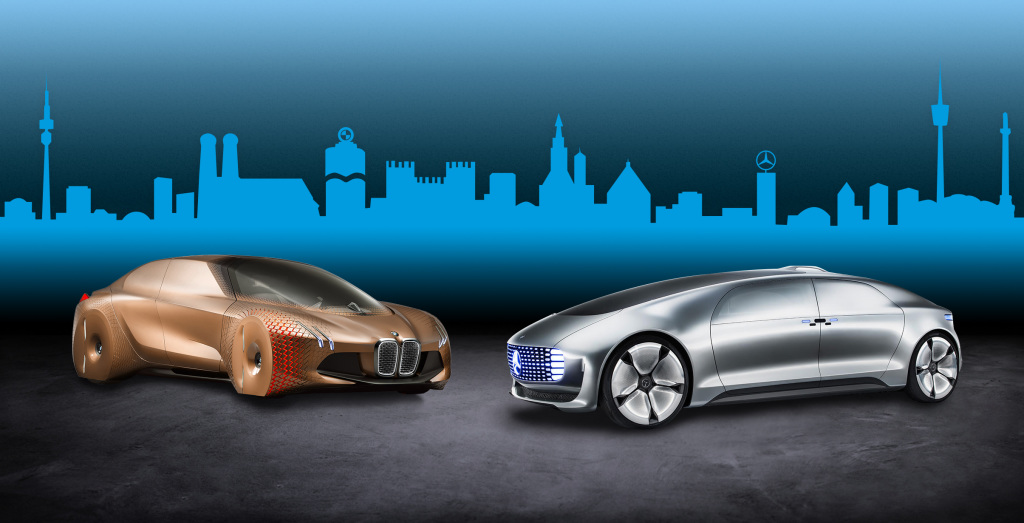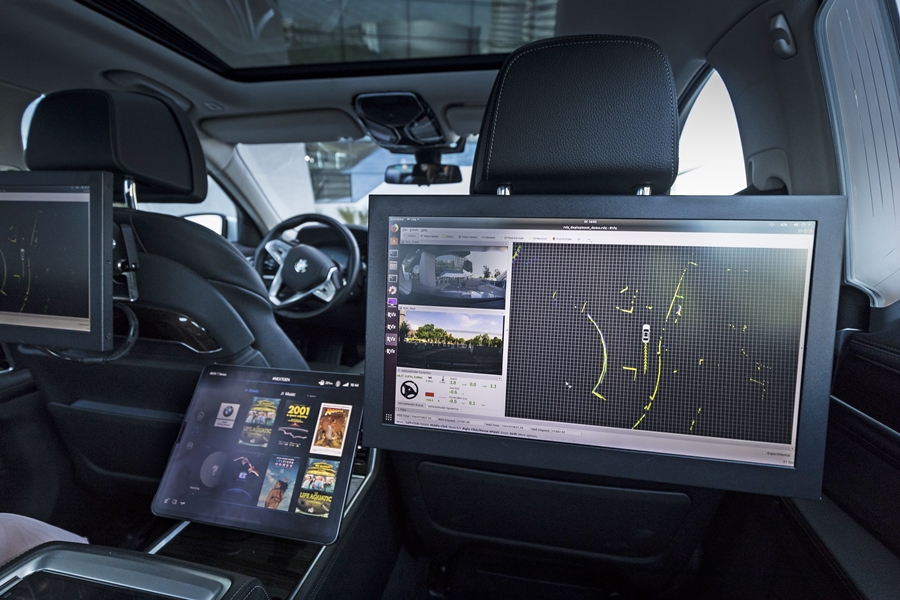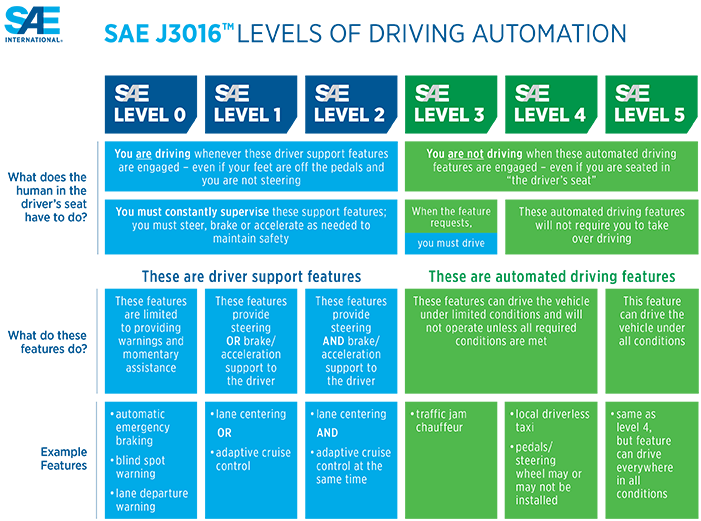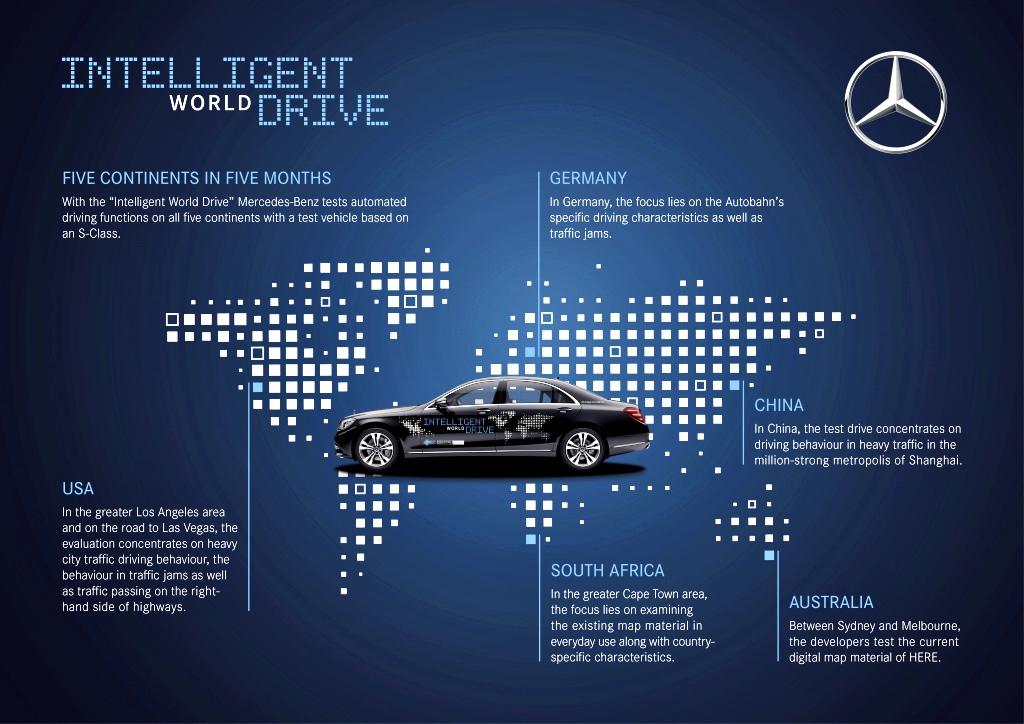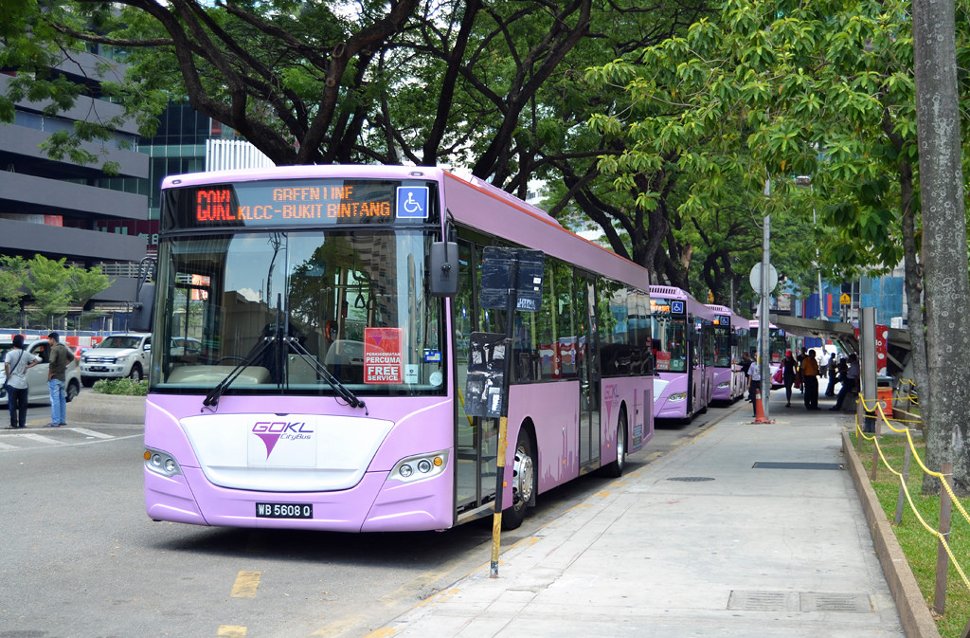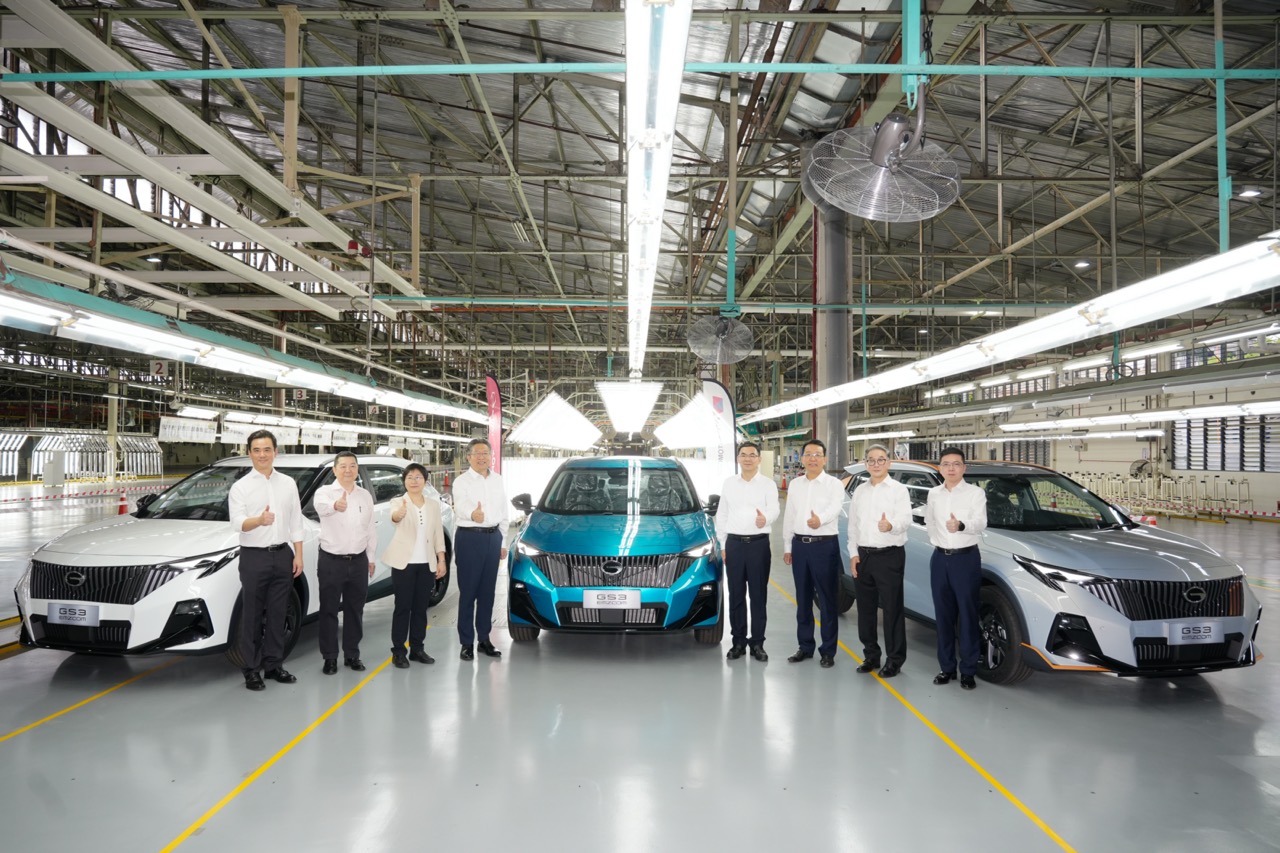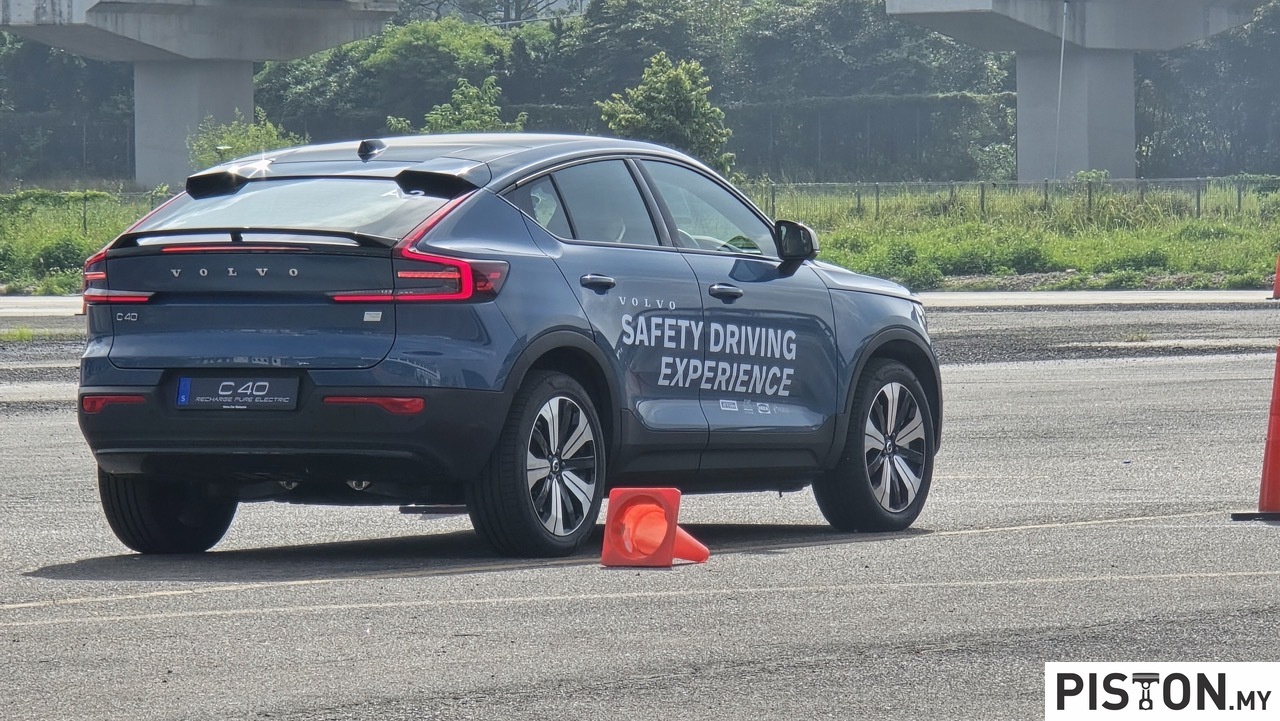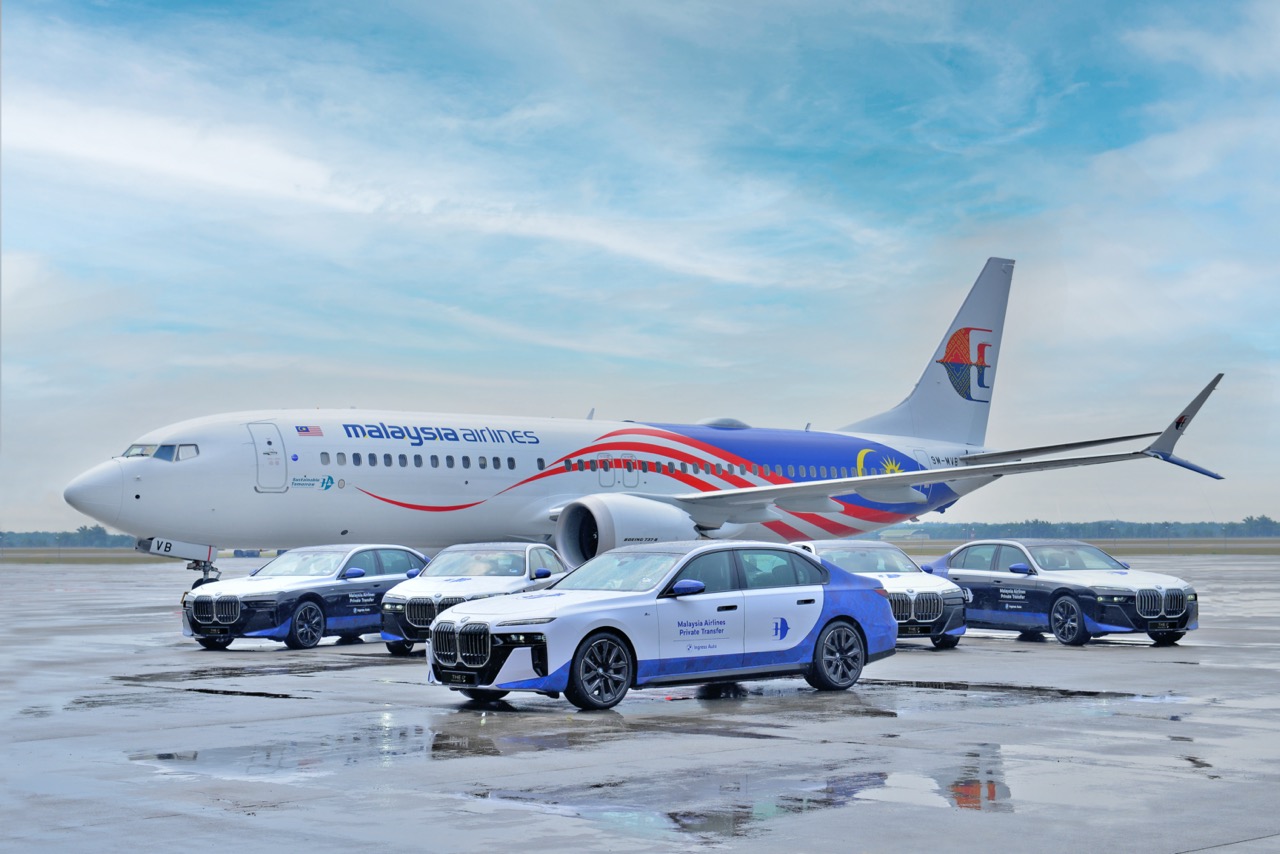They’re arch-rivals in the global marketplace but when it comes to collaborating, it’s a different matter. Given how expensive R&D costs are, carmakers often decide to work with selected partners or even form consortiums so that the costs can be shared. Each one may bring certain areas of expertise to the collaboration as well, reducing duplication and cost.
Daimler AG and BMW Group have recently announced their cooperation on automated driving as a long-term strategic move. This will focus on joint development of next-generation technologies for driver assistance systems, automated driving on highways and automated parking (all to SAE Level 4).
In addition, further talks are planned to extend the cooperation to higher levels of automation in urban areas and city centres. This underscores the long-term and lasting nature of the undertaking, which will extend to encompass a scalable platform for automated driving. The non-exclusive cooperation is also open to other carmakers and technology partners, with results being made available to under license if they want to use the technologies.
Swift market launch
A key aim of the cooperation is the swift market launch of the technology, expected to feature in passenger car systems for private customers from 2024. The two companies will each implement the technologies in their respective products independently.
The cooperation will see more than 1,200 specialists working together, often in mixed teams based at locations of both companies. Efforts will focus on developing a scalable architecture for driver assistance systems, including sensors, as well as a joint data centre for data storage, administration and processing, and the development of functions and software.
Along with Aptiv, Audi, Baidu, Continental, Fiat Chrysler, HERE, Infineon, Intel and Volkswagen, the BMW Group and Daimler have published a white paper entitled ‘Safety First for Automated Driving’. As well as covering all relevant safety methods for Level 3/4 SAE automated driving, the paper introduces a traceability system, which extends from the primary goal – being safer than the average driver – right down to the individual safety objectives of the various components.
Current development by both companies
Daimler AG has been working on series development projects not only for specific Level 3 vehicles but also for Levels 4 and 5. Long a leader in active safety systems, it programmed its systems largely in-house right from the very beginning.This year will see the launch in San Jose, California, of its first pilot programme, with Bosch, on self-driving vehicles (Levels 4/5) in urban environments.
This will be the next milestone within the existing cooperation between both partners and the cooperation will continue as planned. Early in the next decade, Daimler will bring to the market not only highly automated (Level 3) vehicles but also fully automated (Level 4/5) vehicles. It is the only carmaker in the world to be so well-positioned to apply autonomous driving in every relevant context, from passenger cars and vans to buses and trucks, and is therefore relying on scalable solutions to deliver automated driving.
The BMW Group has developed technology with unique scalability from Level 2 – 4 that both enables a high level of flexibility and ensures it will be viable in the future. Around the world, more than 70 test vehicles are testing the latest technology, collecting data in order to improve machine learning with artificial intelligence through simulations. The generation of technologies that is currently under development will go into production as Level 3 automation in 2021 in the BMW iNEXT where it will also be Level 4-enabled for pilot projects.


